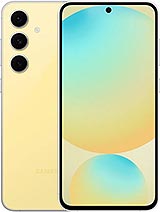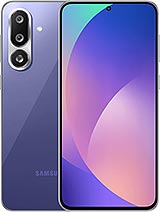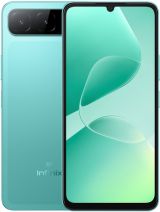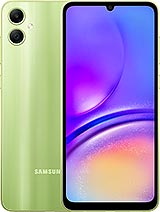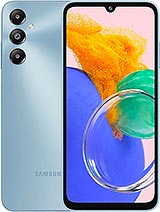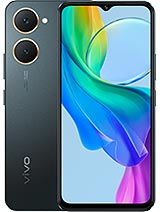Oppo F29 alternatives
Tap above to see alternatives.
Vivo Y18i alternatives
Tap above to see alternatives.
4x2.2 GHz Cortex-A78
4x1.8 GHz Cortex-A55
2x1.8 GHz Cortex-A75
6x1.8 GHz Cortex-A55
8GB 256GB (UFS 3.1)
f/1.8, 27mm (wide), 1/2.88", PDAF
2 MP
f/2.4, (depth)
f/2.2, (wide), PDAF
0.08 MP
f/3.0 (auxiliary lens)
1080p@30/120fps
f/2.4, (wide)
f/2.2, (wide)
SIM1: Nano, SIM2: Nano
SIM1: Nano, SIM2: Nano
9 5G bands
n1, n3, n5, n8, n28, n40, n41, n77, n78
In this performance comparison, the Oppo F29 with its Qualcomm Snapdragon 6 Gen 1 (4nm) performs better than the Vivo Y18i with the Unisoc Unisoc T612 (12nm), thanks to superior chipset efficiency.
Oppo F29 offers 2 years of OS updates, whereas Vivo Y18i provides 1 years. For security updates, Oppo F29 offers 3 years of support compared to Vivo Y18i's 2 years.
Oppo F29 features a superior AMOLED display, while Vivo Y18i comes with an LCD panel. In terms of smoothness, Oppo F29 offers a higher 120 Hz refresh rate, ensuring fluid scrolling and animations. Oppo F29 also boasts a brighter screen with 1200 nits of peak brightness, enhancing outdoor visibility. Notably, Oppo F29 offers a higher screen resolution, resulting in sharper visuals and more detailed content.
Oppo F29 comes with a larger 6500 mAh battery, which may offer longer usage on a single charge. Oppo F29 also supports faster wired charging at 45W, compared to 15W on Vivo Y18i.
Oppo F29 offers better protection against water and dust with an IP69 rating.
- Oppo F29 – Check price here
¹ Scores can vary even with the same chipset due to RAM, thermals, and software optimization.


